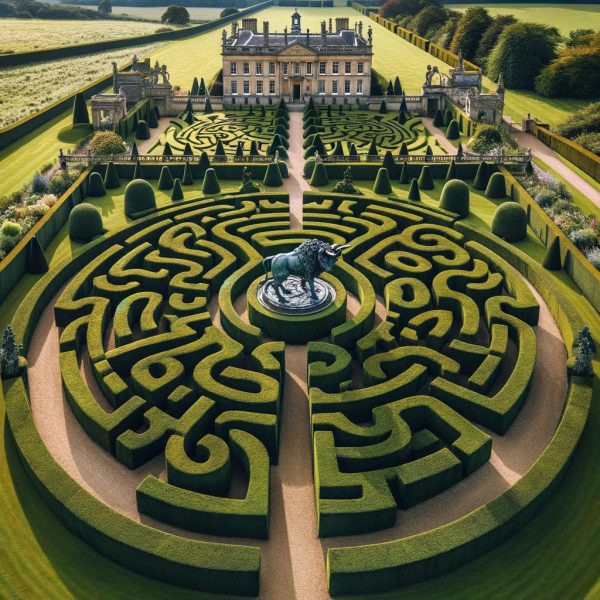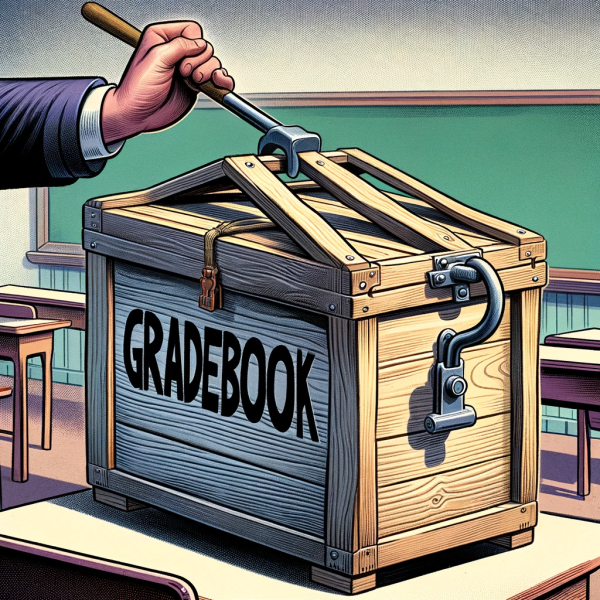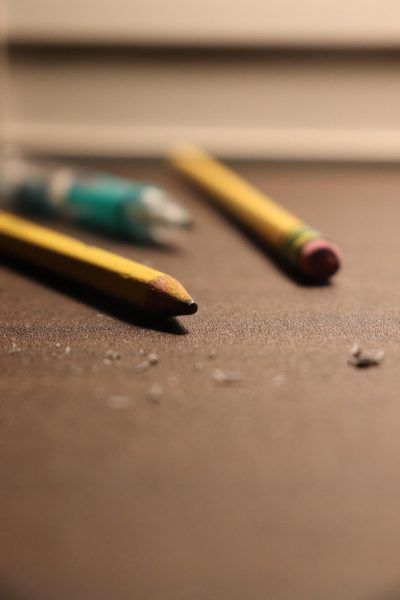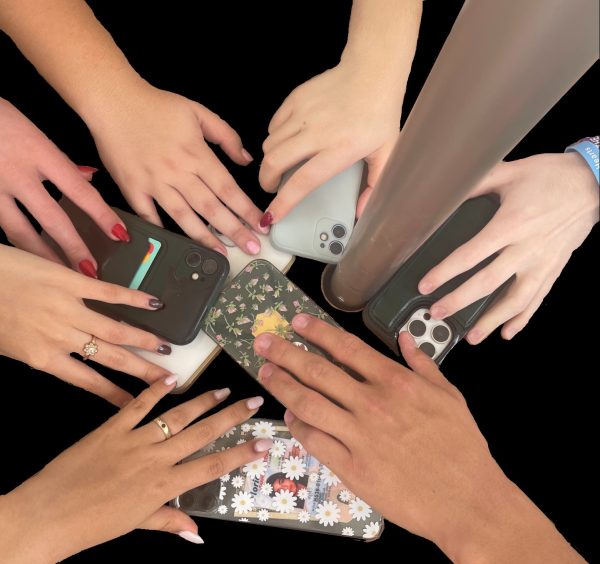Building a new format for RE’s beloved Bridge Competition
The Ransom Everglades bridge competition has always been one of the most anticipated events on campus. Each year, students in Physics, Engineering, and Architecture classes get to build and design their own bridges, which are then entered into a competition that tests their efficiency (how much weight they can hold before collapsing) and aesthetic beauty. After all the bridges have been built and tested, the best ones move on to the famous bridge assembly hosted by Mr. Paul Natland ‘02 and Mr. Robert DuBard (with assistance from Mr. Luis Felipe), where they are showcased—and eventually destroyed—in front of the entire school. Any current or former RE student knows just how exciting and competitive the assembly gets. The excitement, the energy, the destruction—the competition is something all students look forward to.
This year, due to COVID-19, RE cannot hold the assembly in person. So the faculty in charge have been tasked with a difficult challenge: finding a way to host the bridge competition and generate some of that energy without doing it in person.
Mr. DuBard created the bridge competition in 2002, as a way to raise money for the up-and-coming robotics program. Students who wanted to participate would buy a bridge-building kit, and that money would go towards the robotics program. Starting with just 10 submissions using popsicle sticks and hot glue, it was a small idea at the time—but one that became more successful than Mr. DuBard could have possibly imagined.
One day, during lunch on what is now the senior deck, Mr. DuBard tested the first round of bridges and was more than surprised with the turnout. “I couldn’t believe the crowd of people that came to watch. It was amazing,” he said. Mr. DuBard saw just how much the students enjoyed the competition and was eager to continue.
As the Robotics Club gained some more funding, Mr. DuBard and Mr. Natland were able to take the bridge-building competition to the next level. They went from popsicle sticks and hot glue to basswood and super glue, and even built another contraption with an electronic scale to test the bridges.
The bridge-building soon became a requirement for all physics and engineering classes, which ramped up submissions and made the competition more exciting.
At this point, the atmosphere in the auditorium during the bridge competition almost feels like a sporting event. “I love watching the students’ reaction after a bridge breaks. The whole auditorium becomes electric!” said Walker White ’21.
That cult status made it all the more disheartening to many students when RE was forced to cancel the assembly due to COVID—and when the Illinois Institute of Technology, which usually releases rules for their own bridge competition that RE follows, decided they would not even release a set of rules this year.
“The Bridge Competition is easily the best assembly of the year. Not being in person clinging to the edge of your seat waiting to see what will happen to the bridges definitely takes energy out of the event. I don’t think the hype is going to be there as much,” Jacob Wolfe ‘21, a former winner of the competition, remarked.
DuBard and Natland understood how upset the students would be if there were no competition, so they got to work and came up with the best alternative that was possible.
First, they decided that the competition would be recorded in full and sent out for everyone to watch. While this format may not sound overly exciting to some, it does have the potential to show some sides of the event that students have not seen before, according to Mr. DuBard.
Mr. DuBard explained that most students do not realize how much goes into the building of the bridges leading up to the competition. He told me that he wanted to “tell the story” of the entire process.
This year students will be able to see much more than just the top bridges. They will also see the building of the bridges, students learning how to create the bridges, and even a mini-competition the students have before the bridge competition where they stack textbooks on top of a pedestal they made.
Along with that, now that all the bridges have been tested and videoed, a still photo of every bridge made will be released for the entire student body to see, and the names of the finalists will also be released. The students will now choose who they think will win from those finalists via a google form that will be sent out beforehand.
The consensus that comes from that voting will determine the sequence in which bridges are shown first in the video. This will help mimic the drama and suspense of previous assemblies. Students will also vote on the most aesthetically pleasing bridge from the finalists that the faculty have chosen.
This year, the pandemic did not just disrupt the staging of the bridge competition. In some ways it also disrupted the way bridges could be built.
“Gluing the sticks was really difficult this year because we had to hold them together for so long. In years past, students were able to use an accelerant spray to help the glue stick faster, but because of COVID-19, our teachers did not want the spray to carry the virus with it around the rooms,” said Amanda Sotolongo ’21.
“I do think some kids were affected by the new rules. Those who didn’t get class time to build the bridges certainly were affected, and I received a lot of texts asking for advice,” said Wolfe.
Still, even if students may have experienced difficulty building their bridges this year, according to DuBard this was one of the best overall years of the competition when measuring bridges’ quality, aesthetics, and efficiency. “It was much more difficult to choose our top aesthetic bridges this year than in years past, and our top performers are all exceeding a thousand efficiency,” said DuBard.


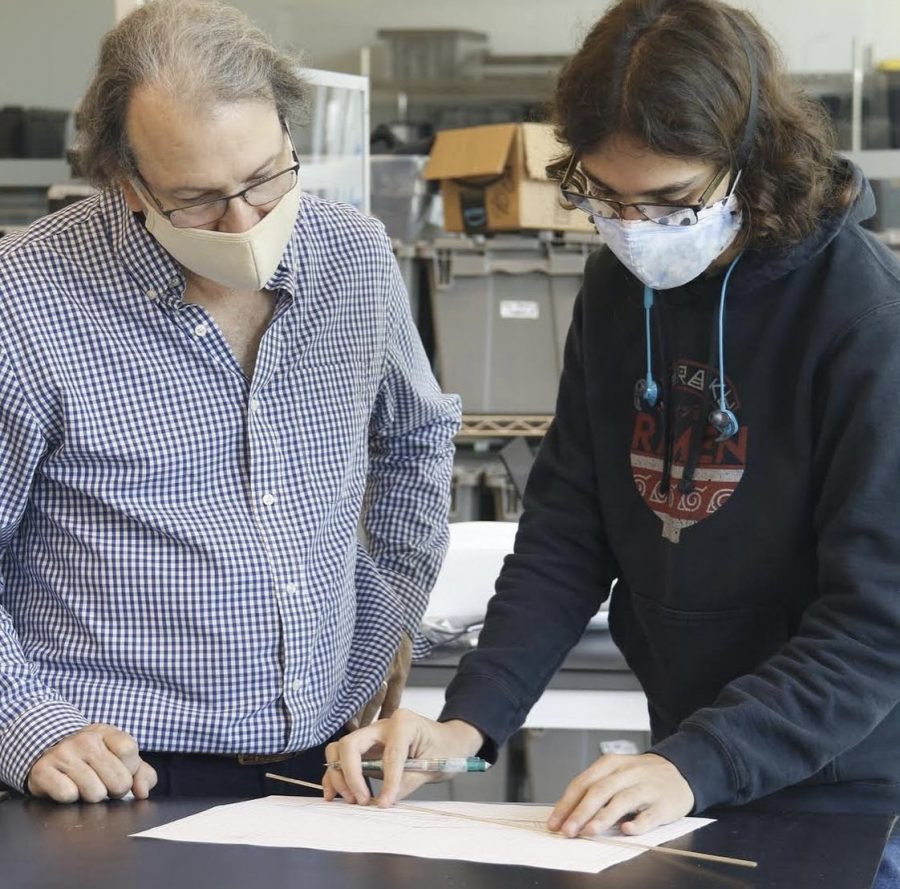
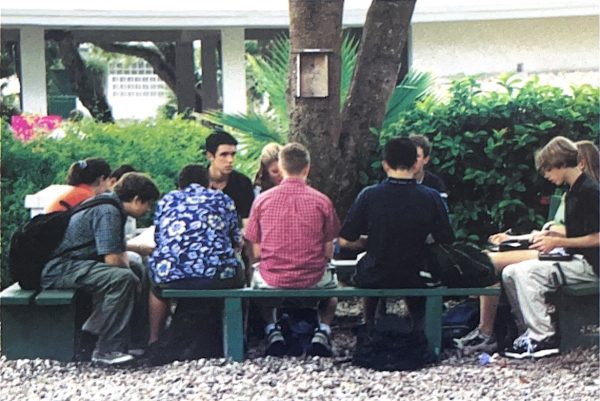
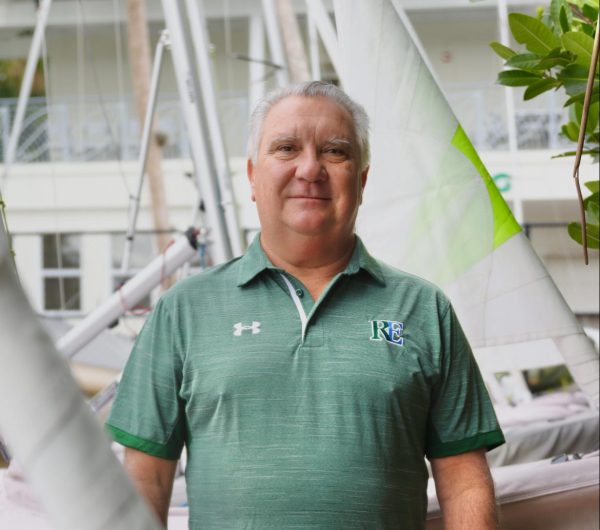
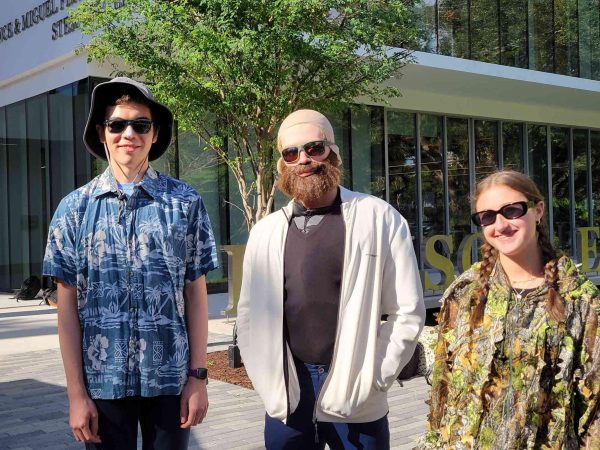

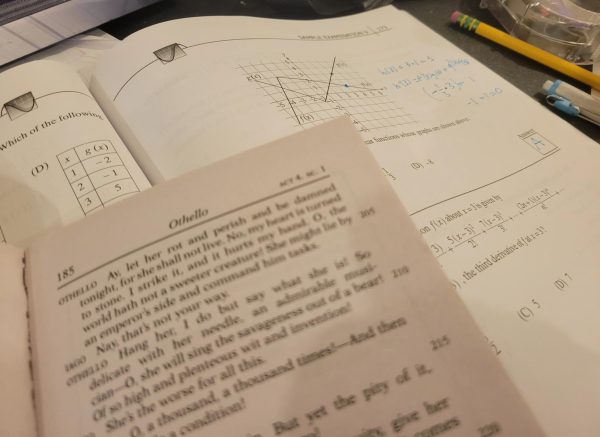
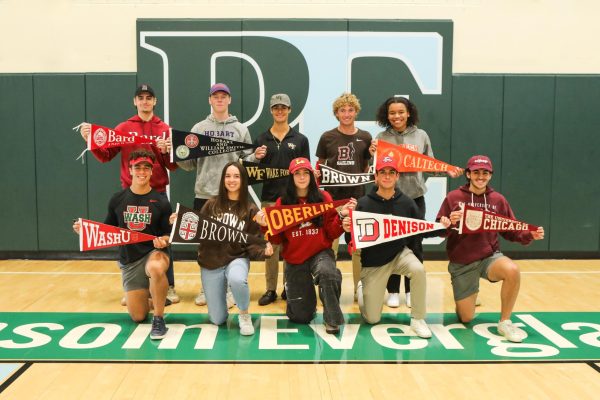
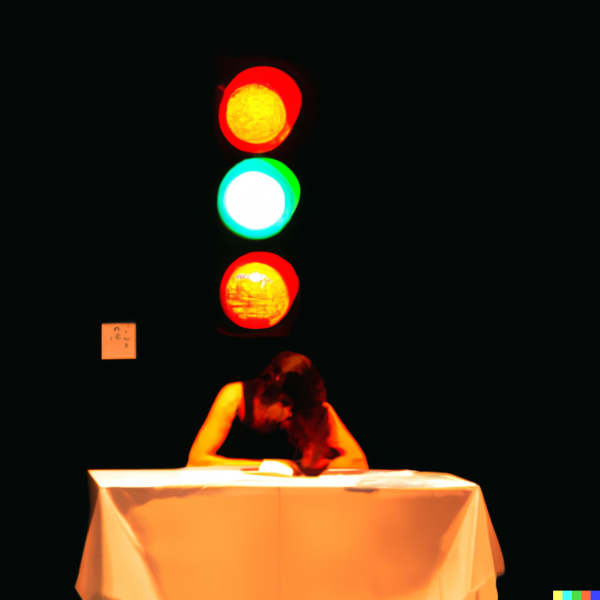
![Leyla Amjad 26: Being Muslim, its just really hard to find people who relate to you when they dont share [your] experiences.](https://recatalyst.org/wp-content/uploads/2024/02/IMG_9831-600x390.jpg)
